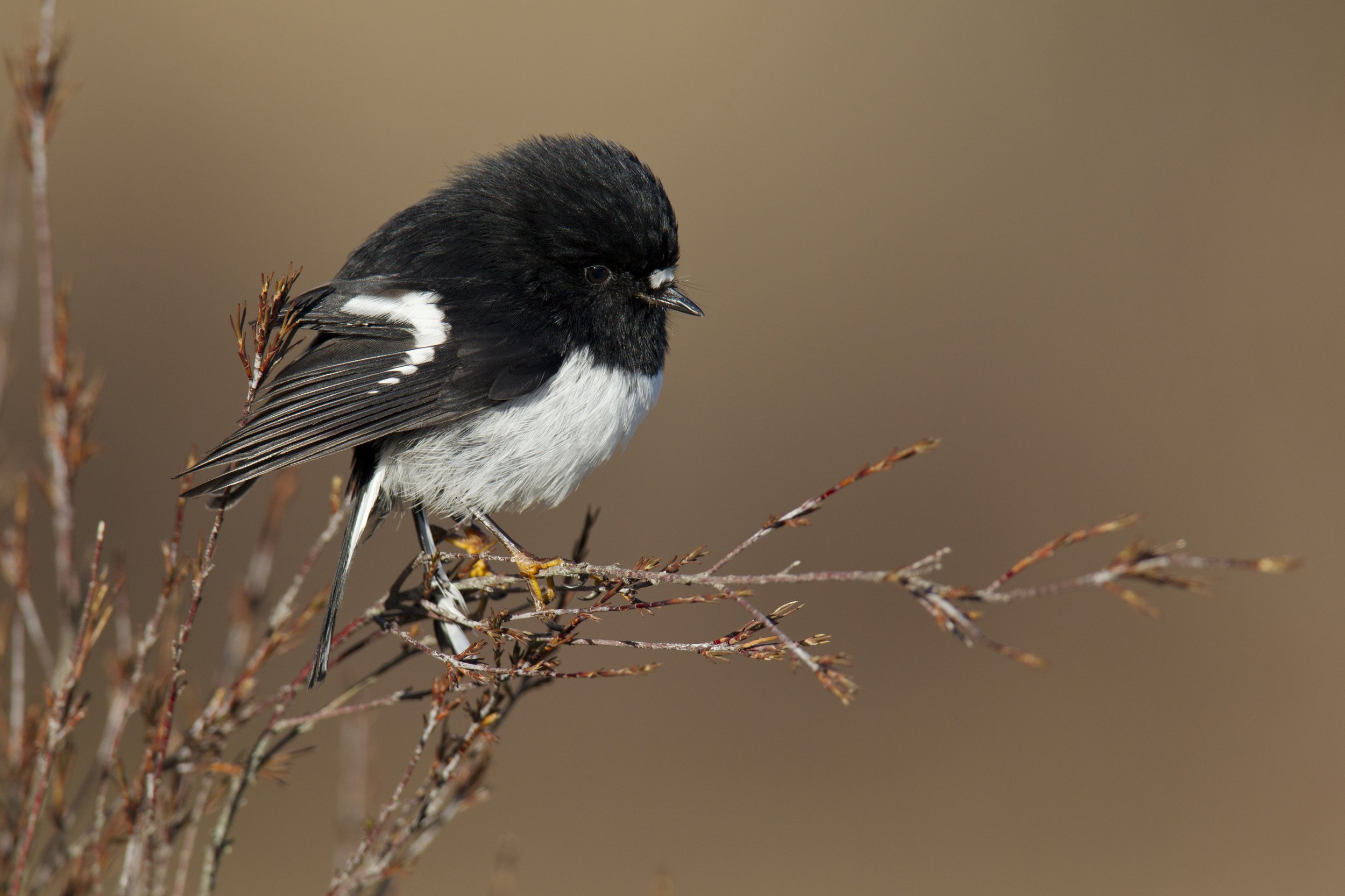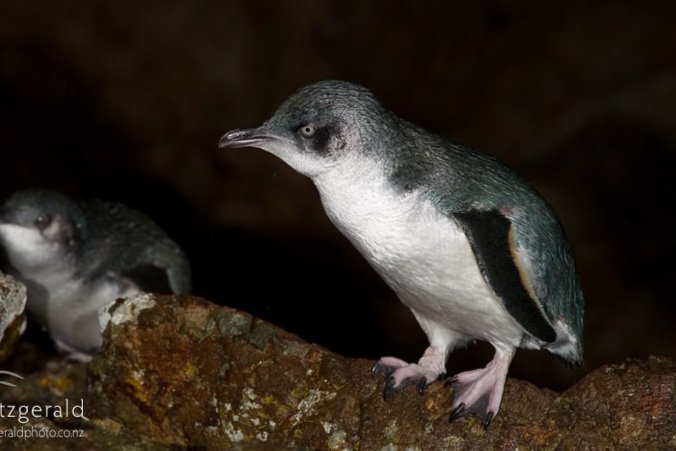
Manu o Whāingaroa
Birds of Raglan
Tiakina nga manu, ka ora te ngahere. Ka ora te ngahere, ka ora nga manu.
Look after the birds and the forest flourishes. If the forest flourishes, the birds flourish.
Images below by Neil Fitzgerald
Ōi | Grey-faced petrel
Until recently the last remnant species of the ōi was struggling to breed in our area - now due to the extensive predator control and seabird monitoring, we have chicks once again successfully fledging!
Miromiro | Tomtit
In te reo Māori, “miro” or “mimiro”, means “to twist or twirl rapidly”, or “to move quickly”. The male song can be likened to a squeaky wheelbarrow.
Pīwakawaka | New Zealand fantail
Our friendly fantails produce lots of eggs and chicks each year, but only a few survive predation and become adults. Chicks are fed every 10 minutes - or 100 times a day!
Kākā
Kākā visit Whāingaroa in the winter, from Pirongia. Their voice is a harsh, repeated, rhythmic “ka-aa” when flying above the bush. They need a lot of space, large trees and low numbers of predators to thrive.
Kōtare | Sacred kingfisher
Kōtare are one of the most recognisable birds around because of their hunched silhouettes. They are often seen waiting patiently on a powerline, then quickly converting to a streak of green, diving steeply to catch their prey.
Kererū | New Zealand pigeon
Kererū can live for 21+ years and are essential for native bush regeneration. Their disappearance would be a disaster for our native forests., but thankfully these too have been sighted here much more frequently.
Tūi
A good sign of a successful restoration programme in areas of New Zealand, is the sound of the tūī warbling in surrounding shrubs.
Tauhou | Silvereye
The silvereye arrived in the 18oo’s and with no evidence of being artificially introduced, it is considered a native species. Tauhou means 'stranger' or 'new arrival'.
Ruru | Morepork
A small, dark, forest-dwelling owl, with its distinctive “more-pork” call, the ruru is commonly heard at night in many parts of Raglan. Their diet consists of insects, small mammals and birds, which it hunts at night.
Kōtuku ngutupapa | Royal spoonbill
The stately royal spoonbill has successfully colonised Aotearoa from Australia and is now widespread. In flight, these birds with their outstretched neck, look rather awkward, like a "Dr Seuss" cartoon bird.
Moho pererū | Banded rail
Banded rails are rarely seen, as they are well-camouflaged and remain under the cover of wetland vegetation, although their footprints are often seen in the inner harbour, Kaitoke Walkway and at Aro Aro wetland
Kororā | Little penguin
Kororā are nationally in decline and it's a privilege to find them breeding right here on our shoreline. They can be found on land anytime from June to March while they lay their eggs, and attend to their young and moult.
Riroriro | Grey warbler
More often heard, then seen. Riroriro are one of our smallest birds, but their song packs a lot of volume.
Pīpīwharauroa | Shining cuckoo
The unique song of the pīpīwharauroa heralds the start of spring, a they return from New Guinea and the Solomon Islands. They're usually heard, rather than seen.
Kārearea | New Zealand falcon
The New Zealand falcon is a magpie-sized raptor that feeds predominantly on live prey. Their population is still at risk, although recovering, and their sightings are increasing in Whāingaroa.
For the love of these birds, support our mahi.















